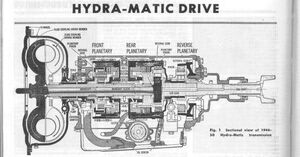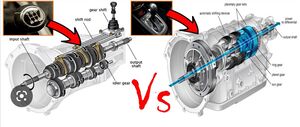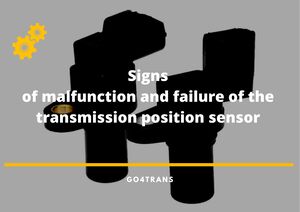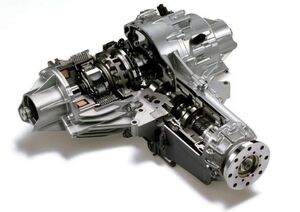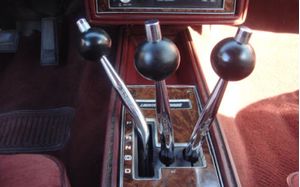RE:BUILDERS blog categories
Technical Transmission General
General Transmission issues are varied and may include several causes and ways of treatment. Transmission experts share their knowledge and provide useful tips for the industry people to follow.
Maintaining a healthy transmission is crucial for the smooth operation and longevity of your vehicle. Regular maintenance, such as a transmission flush, plays a vital role in preserving its performance.
A manual transmission is a house of various components like gears, shafts, and various selecting mechanism that are arranged in a special fashion to provide appropriate torque and speed ratios to compete with the challenges provided by the different road conditions.
When considering a car purchase, reliable automatic transmission is a huge deciding factor. CVT transmissions are considered the most efficient and reliable type of automatic gearbox. Is it true?
An automatic transmission uses planetary gearing, also known as planet gears, to change the output speed and torque of a vehicle. A gear system consists of a central sun gear, a set of planet gears and an outer ring gear.
A fluid coupling allows the driver to use the clutch and gears with less skill and fatigue than with an all mechanical linkage, and transmits power from one shaft to another using fluid.
The most common type of automatic transmission is the Automatic Torque Converter (ATC), which uses a converter friction clutch and a clutch transmission to control the engine speed. It is similar to a manual transmission but uses a torque converter instead of a clutch.
If you notice one or more of the signs above, your transmission may be failing and needs to be repaired. - Engine related problems like a torque converter failure, automatic transmission whistles, and other unusual noises can indicate a major repair is needed.
Automatic gearboxes were first introduced in luxury vehicles in 1940, and eventually became available for mass-market cars in 1950. The first experimental hydromechanical transmission was developed in 1904 by the American engineer, Alfred Horner Munro.
This article discusses the differences between automatic and manual transmissions, and how each operates. A clutch is used in an automatic transmission, but it is operated differently than in a manual transmission.
In the last couple of articles, we used terminology relating to pressure control solenoids such as PWM, Frequency, and Duty Cycle. In this article I thought I would go into depth on what these terms really mean and how they relate to
One of the most important
questions that anyone planning to buy a car has to answer is: "which
gearbox should I choose: automatic or manual?" Increasingly, car owners
choose the automatic option, which is not surprising: driving a car equipped with
an automatic is
The main signs of the transmission position sensor malfunction are as follows: the engine does not start, the car does not move, the transmission switches to another gear when a certain gear is switched on, and the transmission goes into emergency mode. The transmission position sensor, also called the transmission range sensor, is an
The ability to instantly switch from two-wheel to four-wheel (all-wheel) drive without having to stop the car and without locking the wheel couplings is an invention that many of us have long taken for granted, especially during snowfall. Most modern cars are equipped with
A fleet truck can be easily overloaded if it does not come with the proper powertrain (engine+ transmission) combination, thereby resulting in increased expenditures for maintenance servicing. In this article, we will consider some helpful tips for owners of truck fleets on selecting truck components that have a significant impact on its performance, fuel economy and maintainability.
Today, it may be hard to believe today, but in the 80s, GM amazed the automotive market with cars with remarkable gear shifting mechanisms. These remarkable shifters allowed drivers of automatic cars to shift gears manually.









